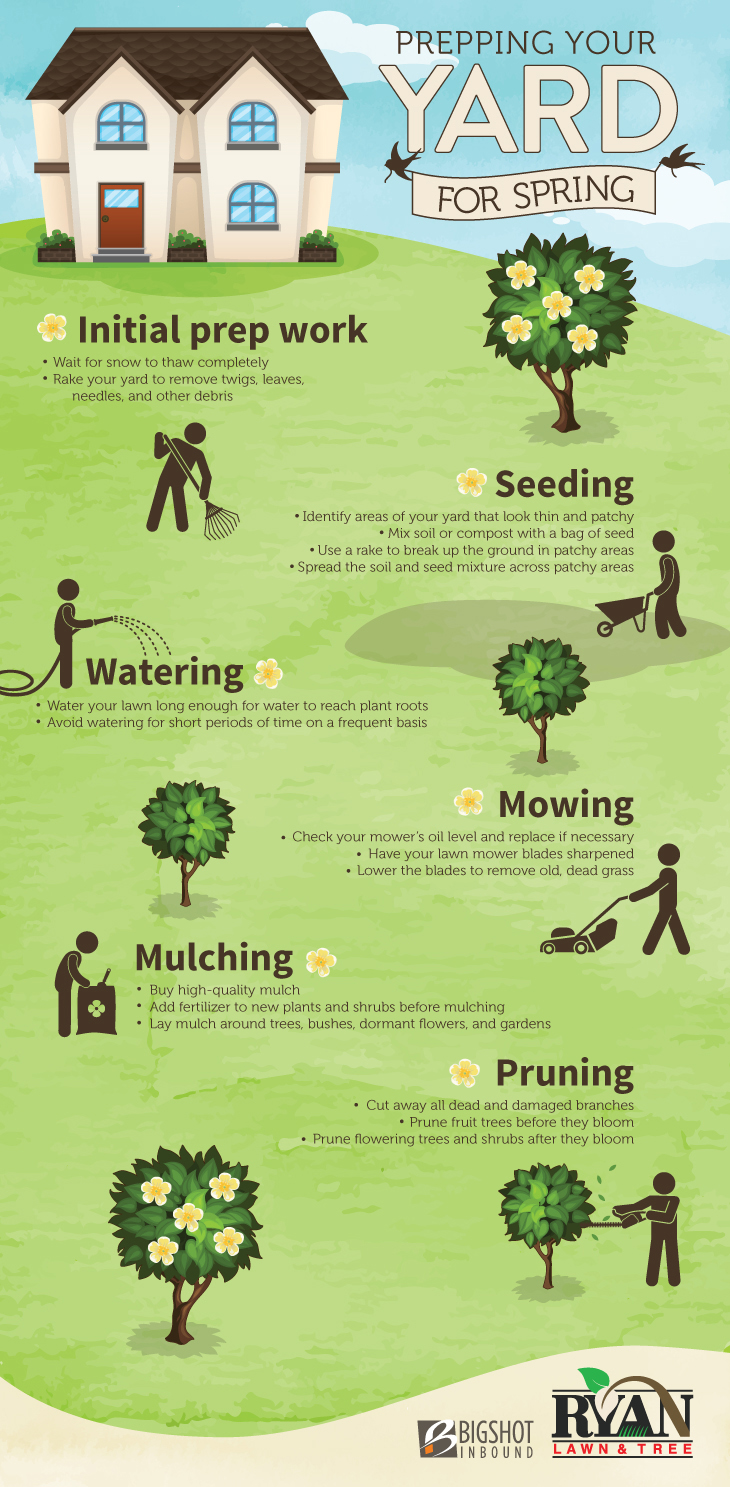Post-Tree Elimination Maintenance Is Essential For Recovering Your Landscape; Find Out Vital Actions To Revitalize Your Area And Stay Clear Of Potential Troubles
Post-Tree Elimination Maintenance Is Essential For Recovering Your Landscape; Find Out Vital Actions To Revitalize Your Area And Stay Clear Of Potential Troubles
Blog Article
Material Created By-McMillan Massey
After a tree's removal, your landscape might look fairly different, and it's essential to analyze the results meticulously. Tree Pruning Near Me 'll want to assess the soil disruption and examine bordering plants for any signs of stress. Neglecting these elements can result in larger problems down the line. So, what should you make with those stumps and roots? And how do you choose the most effective plants for your revitalized area? Let's discover these crucial steps.
Assessing the Aftermath: Assessing Your Landscape
After a tree removal, it's crucial to analyze your landscape to comprehend the impact it has on your yard.
Beginning by analyzing the location where the tree stood. Seek indicators of dirt disturbance, and inspect the bordering plants for any kind of stress or damages.
You need to also bear in mind of just how the removal has altered sunlight exposure and airflow in your garden. This shift can impact the growth of close-by plants, so it's necessary to assess their health.
Take into consideration the visual aspects also; the elimination could produce an open space that you can redesign.
Ultimately, think of any kind of potential disintegration issues that might develop from the tree's lack. Dealing with these elements early will help restore balance to your landscape.
Handling Stumps and Origins: Options for Elimination
When you've assessed the results of the tree removal, you'll likely require to tackle the stump and origins left.
You have a couple of alternatives for removal. One effective technique is stump grinding, where a professional utilizes a machine to grind the stump down to below ground degree. This strategy leaves very little disruption to your landscape.
If you favor a do it yourself method, you can utilize a mix of excavating and chemical stump eliminators. Just keep in mind, this process can take time and effort.
Conversely, consider leaving the stump as an all-natural function, which can serve as an unique yard aspect or environment for wild animals.
Whatever you choose, addressing the stump and origins is necessary for restoring your landscape.
Picking the Right Plants for Your New Room
As you assess your recently removed space, picking the right plants can dramatically boost your landscape's beauty and capability.
Begin by thinking about the sunlight and soil problems. For bright locations, opt for drought-resistant plants like lavender or succulents. In shaded areas, brushes and hostas flourish well.
Think of the size and development habits of your plants; mix perennials and annuals for seasonal range. Do not fail to remember to integrate indigenous varieties; they need much less maintenance and assistance local wild animals.
https://kill-a-tree-stump06273.bloggerchest.com/35210556/essential-security-tips-for-tree-removal-what-you-must-know-prior-to-starting in odd numbers for an extra all-natural appearance and create layers for visual depth.
Ultimately, guarantee you have a mix of shades and textures to keep your landscape vibrant throughout the periods.
Pleased growing!
Conclusion
In conclusion, restoring your landscape after tree removal is a satisfying procedure. By evaluating the aftermath, resolving stumps and roots, and choosing the right plants, you'll produce a thriving setting. Don't neglect to integrate disintegration control measures to protect your dirt. With a little effort and care, you can transform your area right into a vibrant garden that enhances your residential or commercial property. Accept the possibility to renew your landscape and appreciate the elegance of nature right in your backyard!
